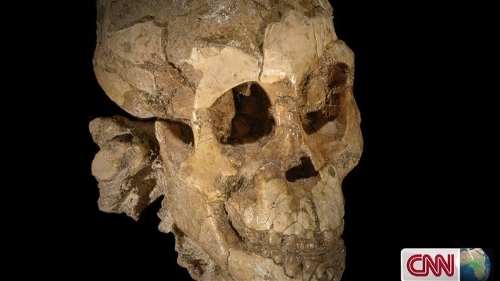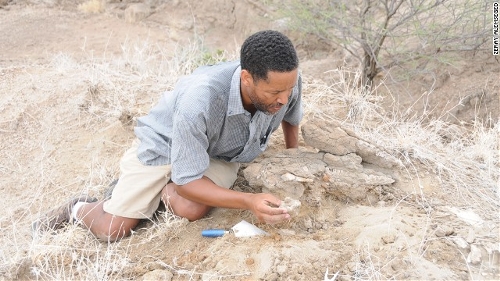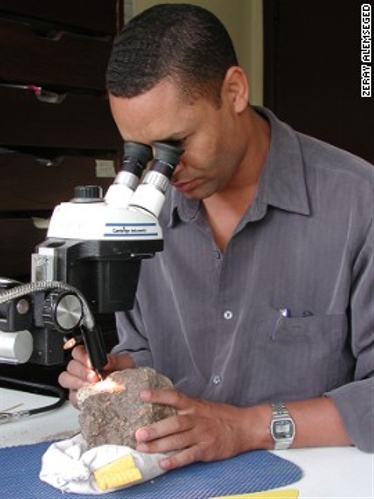
God’s will: The tale behind this picture in the Ethnological Museum in Addis Ababa tells how it was that Menelik I, son of the Queen of Sheba and King Solomon, came to return from a visit to Jerusalem with the original Ten Commandments on tablets of stone in a chest. | LESLEY DOWNER PHOTO
According to the Bible, the Koran and several detailed Ethiopian texts, the Queen of Saba/Sheba, named Makeda, visited Solomon in Jerusalem in the 10th century B.C.
They had previously exchanged letters full of questions and riddles. When she arrived, bringing gifts of gold, spices, precious stones and beautiful wood, Solomon was bewitched by her beauty. He ordered his courtiers not to disturb them for three days and three nights, after which she went back to Saba (present-day Aksum in Ethiopia).
Another version of the story is that he invited her to stay on condition she take nothing of value from him. Offended, she replied that she would stay on condition that he did not touch her. He ordered a meal of salty and spicy food. That night she awoke feeling thirsty and drank some water. At that moment Solomon appeared, declaring that she had broken her word and had taken the most precious thing of all — water. Thus she was tricked into giving way to his desire.
Ancient icons in the Ethnological Museum and historic paintings in other museums show two heads, one with black hair and a beard, the other with black hair and no beard, with a sheet pulled up to their chins: Solomon and the Queen of Sheba in bed together.
Back in Saba the Queen bore a child, Menelik I, from whom the entire imperial dynasty of Ethiopia is said to be descended, right down to the last in line, Emperor Haile Selassie (1892-1975).
When Menelik was 20, in 950 B.C., he went to Jerusalem to meet his father. When he returned to Ethiopia, Solomon ordered the first-born of all the elders there to accompany him. One secretly stole the Ark of the Covenant — which held the Ten Commandments and on which the safety of the Jewish state depended — and took it with him.
When Menelik discovered this he was angry — but then he realized that if such a momentous event had occurred, it must be because God had willed it. And thus it was that the Ark of the Covenant is now said to reside in Ethiopia.
Source: The Japanese Times








